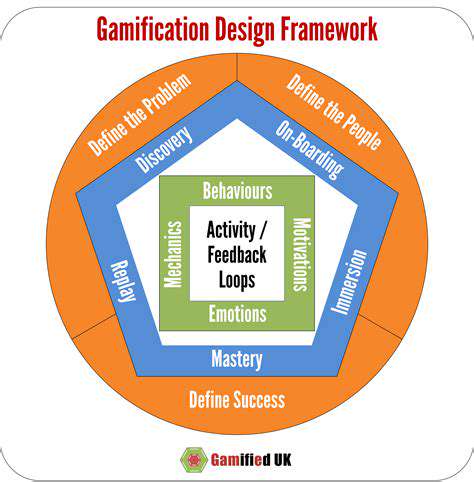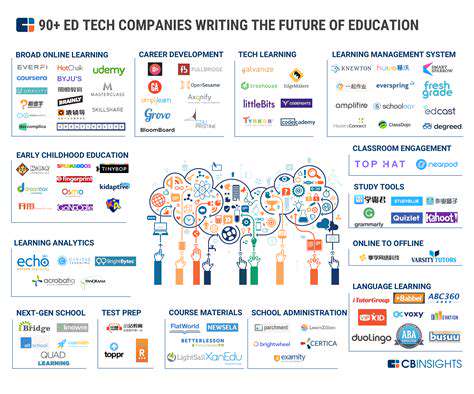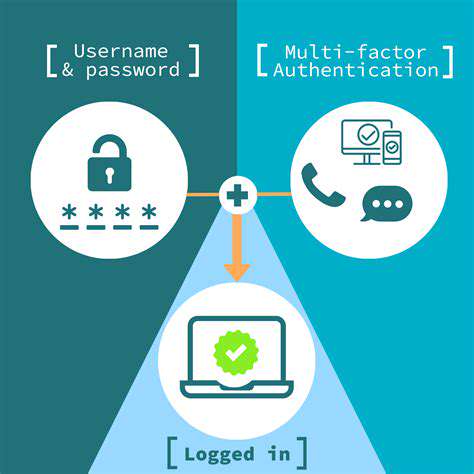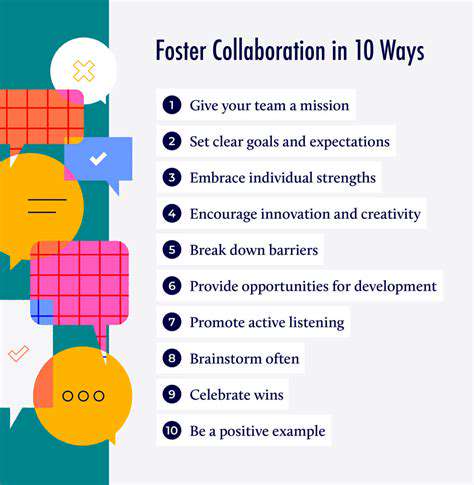Designing Accessible EdTech for Universal Learning
Measuring and Evaluating Accessibility
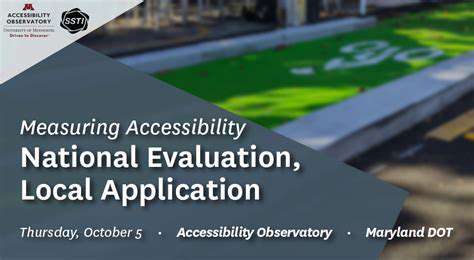
Understanding Accessibility Metrics
Accessibility metrics are crucial for evaluating the effectiveness of design strategies aimed at making products and services usable by people with disabilities. These metrics provide a quantifiable way to assess the level of accessibility achieved, offering valuable insights into areas requiring improvement. Understanding these metrics is vital for creating truly inclusive experiences. By measuring key aspects like color contrast, keyboard navigation, and alternative text for images, we can identify and address potential barriers to access.
Different types of accessibility metrics exist, and their selection depends on the specific context and the type of accessibility being measured. For example, web accessibility often relies on automated tools to analyze website code and identify potential issues, while evaluating physical accessibility might involve field studies and user testing to assess the usability of physical spaces.
Assessing Website Accessibility
Website accessibility is often evaluated by automated tools that analyze the code and identify potential violations of accessibility guidelines, such as WCAG (Web Content Accessibility Guidelines). These tools provide a first pass at identifying problems, but manual testing and user feedback are also essential for a comprehensive assessment. A thorough evaluation involves both automated and manual testing methodologies to ensure a complete understanding of the website's accessibility for various users.
Evaluating Mobile Application Accessibility
Mobile applications require a similar approach to website accessibility, but with specific considerations for touch-based interfaces and screen size variations. Ensuring that mobile apps are accessible requires careful attention to both design elements and functionality. This might include using appropriate font sizes, providing alternative text for images, and ensuring that all functionalities are accessible through both touch and keyboard navigation. Metrics used to evaluate mobile app accessibility would focus on these specific characteristics.
Analyzing Content Accessibility
Content accessibility involves ensuring that information is presented in a way that is usable by people with various disabilities. This includes providing clear and concise language, using appropriate headings and structure, and incorporating alternative formats for users with visual, auditory, or cognitive impairments. The effectiveness of content accessibility is crucial in ensuring inclusivity for all users. This includes providing captions for videos, transcripts for audio content, and using clear and concise language to ensure information is effectively communicated.
Assessing Physical Space Accessibility
Evaluating the accessibility of physical spaces requires a different set of metrics than digital platforms. These metrics focus on factors like ramp slopes, doorway widths, and the availability of assistive technologies within the environment. For example, measuring the width of doorways and the presence of ramps are crucial for accessibility. Analyzing these physical elements is essential to ensure that people with physical disabilities can navigate and use the space with ease.
Importance of User Feedback in Evaluation
User feedback is indispensable in the process of measuring and evaluating accessibility. Gathering feedback from individuals with disabilities provides critical insights into the usability of a product or service from their perspective. This feedback is invaluable for identifying areas that need improvement and ensuring that the design meets the needs of diverse users. User testing and surveys can help pinpoint problems that might otherwise go unnoticed, leading to a more inclusive and usable experience.
Read more about Designing Accessible EdTech for Universal Learning
Hot Recommendations
- The Gamified Parent Teacher Conference: Engaging Stakeholders
- Gamification in Education: Making Learning Irresistibly Fun
- The Future of School Libraries: AI for Personalized Recommendations
- EdTech and the Future of Creative Industries
- Empowering Student Choice: The Core of Personalized Learning
- Building Community in a Hybrid Learning Setting
- VR for Special Education: Tailored Immersive Experiences
- Measuring the True Value of EdTech: Beyond Adoption Rates
- Addressing Digital Divide in AI Educational Access
- Preparing the Workforce for AI Integration in Their Careers



